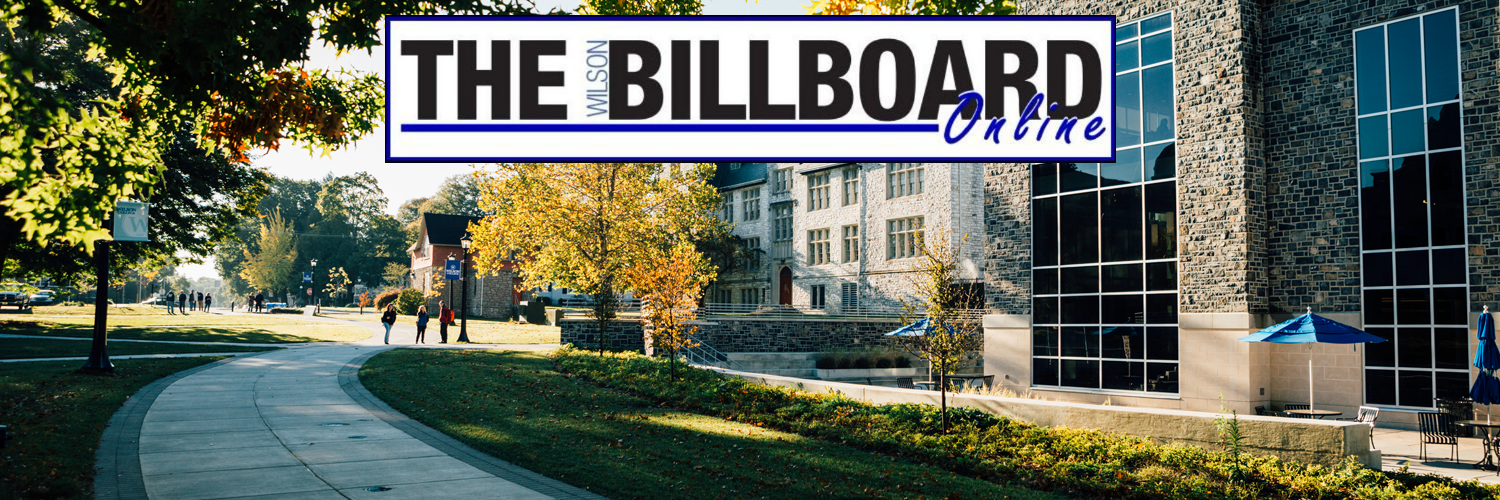Performative Activism: A Different Kind of Plague
Performative activism, unaffectionately known as slacktivism, is not a new problem. This term applies to the actions (or lack thereof) taken by individuals or companies to save face or gain social leverage, all under the guise of passionate activism. It could be said that as long as there are causes to fight for, there will be those who pretend to join in the calls for justice – that is, until it no longer suits them or stops being a trend.
Especially with the rise of social media, it has become easier than ever to hop on the bandwagon of social justice without truly advocating for change. The difference between activism and slacktivism can be evasive, but these stem from very different motives. True activists are identifiable not by what they comment post on social media, but by the actions they take in their lives to further their cause. This may mean signing petitions, calling government representatives, donating funds when possible, attending protests, advocating for policy change and speaking out in opposition no matter the opinions of the majority. Meanwhile, performative activism is just that: a performance. Slacktivists will watch a movement gain traction, realize that (for the moment) being a social justice warrior is the thing to be, and will do the bare minimum to convince followers and friends that they, too, are an ally.
Ignorance, which stands as a leading cause of this kind of fake activism, is another area in which the American public could improve. When someone knows little about a cause (such as BLM, LGBTQ+ rights, the feminist movement, Me Too, climate change, etc.) but immediately begins supporting it when others do, this is a sign of performance activism. It smacks of ignorance because those who engage in this behavior often seem to think that these movements are new or based on issues that have recently begun affecting marginalized communities. But social justice is not the newest fad. Women, people of color, people with disabilities, members of the LGBTQ+ community and many others have been facing discrimination since the dawn of the United States.
Slacktivism, on the surface, may not seem harmful. Perhaps some even think that it is a way of boosting the cause or creating more buzz. But what movements like Black Lives Matter or Me Too need is a platform for those directly affected to speak to a willing-to-listen public. Clogging Instagram feeds with black squares is not furthering the cause; it is silencing the voices of people of color who are attempting to share experiences and information. These performative acts smother the true activism taking place in America and replace it with a commercialized version of social justice that will fade away when the next trend begins. Queer people, black people and women do not need corporations and individuals to validate their experiences; they need corporations and individuals to take note of the prejudice marginalized communities face and work alongside them to fix it.
All this is not to say that people who have recently been made aware of the social injustice in America should bow out from the movements completely. In fact, recognizing that there is a problem is the first step toward becoming a true activist. But when someone doesn’t truly think that it’s worth their time to work toward a solution, and would rather passively repost things on Instagram stories, it becomes a problem. Actively join the movement, or step aside so the true activists can do their jobs. Slacktivism perpetuates the idea that being wishy-washy is fine when it comes to defending the rights of fellow citizens or that it’s cool to only do it when everyone else is.
So is posting a black square during the BLM protests an inherently harmful act? Is creating rainbow merch to be sold only during the month of June a gross moral failing? Is showing off your reusable straw to prove your commitment to eco-friendliness a reproachable choice?
No. But remember that true activism is dependent on average people doing more than the bare minimum to make a change. If you’re committed to being an ally, prove it.
Other articles about performance activism:
https://www.aljazeera.com/opinions/2020/7/20/the-problem-of-performative-activism
https://swaay.com/performative-activism-silence-protest-allyship
Get involved with BLM: https://blacklivesmatter.com/
Get involved with Me Too: https://metoomvmt.org/
Get involved with helping the LGBTQ+ community: https://www.thetrevorproject.org/
Get involved with the feminist movement: https://www.awid.org/get-involved
Get involved with fighting climate change: https://blueprintforbetter.org/
Get involved with supporting Indigenous peoples: https://www.ncai.org/
Get involved with gun control activism: https://everytown.org/
Get involved with the disability rights movement: https://www.adl.org/education/resources/backgrounders/disability-rights-movement
Get involved with Stop AAPI Hate: https://stopaapihate.org/

